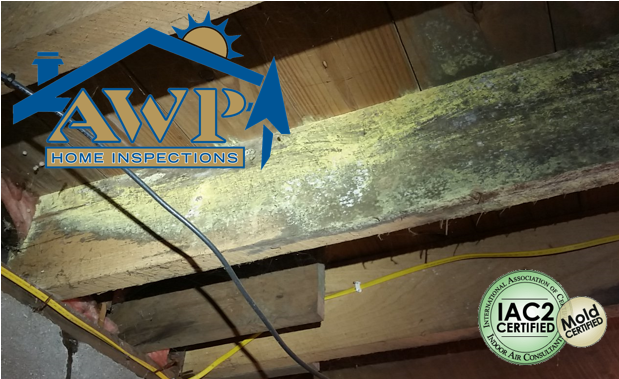Mold is Everywhere
Mold spores are found both indoors and outdoors. Mold spores cannot be eliminated from indoor environments. Some mold spores will be found floating through the air and on settled dust; however, they will not grow if moisture is not present.
Why Be Concerned?
Mold is not usually a problem indoors—unless mold spores land on a wet or damp spot and begin growing. As molds grow, they digest whatever they are growing on. Unchecked mold growth can damage buildings and belongings; molds can rot wood, damage drywall, and eventually cause structural damage to buildings. The potential human health effects of mold are also a concern. It is important to prevent mold from growing indoors.
Discovering fungi in the indoor environment raises three major concerns:
1) potential health effects of exposure to fungi and their byproducts;
2) effects of fungal contamination on the structural integrity of a building; and
3) negative aesthetic effects fungi can produce issues with smell, also known as olfactory system
Although the issue of whether exposure to indoor fungi causes adverse health effects is controversial, there is no doubt that a seriously mold-contaminated building can suffer structural damage, and that a foul-smelling, fungus filled building is aesthetically unpleasing.
Controversies about health effects aside, the two reasons are sufficient to merit a Mold Inspection when buying a home. People who have concerns about structural damage or the aesthetic effects of indoor fungi should seek the services of a AWP Home Inspections, LLC to perform a certified mold inspector. People who have concerns about health effects of mold exposure should seek the advice of a healthcare professional and remediation when an environment is found to have fungal contamination. [NACHI, Mold Inspection]

